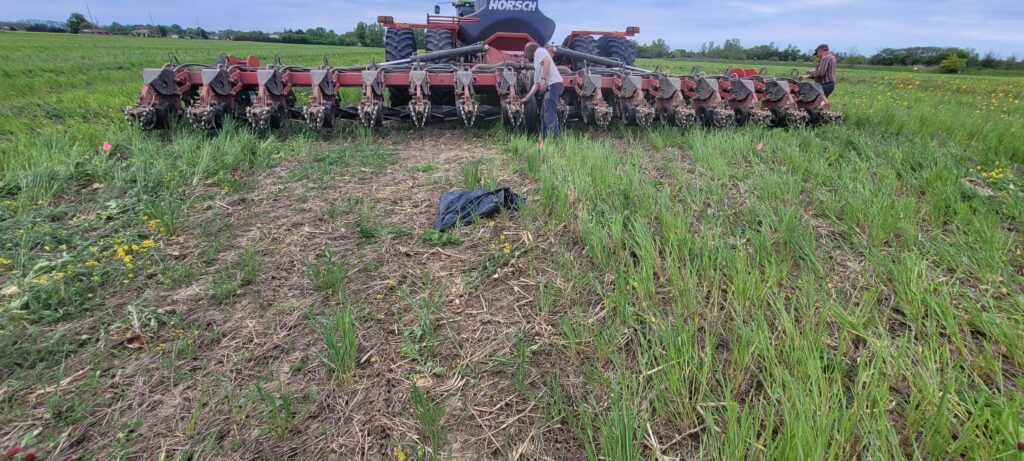When discussing water as a limiting factor on farms, the answer is not straightforward but rather, “It depends.” This response may seem ambiguous at first, but it underscores the complexity of agricultural ecosystems and the pivotal role of soil health in managing water resources.
Contextual Water Management: Beyond a One-Size-Fits-All Approach
Understanding the context is key. Different farms, with their unique soil compositions, climates, and ecosystems, experience varied relationships with water. The management strategies that work for one may not be suitable for another. This dynamic nature of agriculture calls for a flexible, context-aware approach to water management.
Soil Health: The Cornerstone of Effective Water Use
The health of the soil is instrumental in determining how water is used and conserved on a farm. Healthy, well-structured soils with robust organic matter can greatly improve water retention and reduce the need for external irrigation. This is where regenerative agricultural practices play a crucial role by nurturing soil health and enhancing its natural capabilities.
The Critical Role of Fungi in Soil Health and Water Dynamics
One often overlooked aspect of soil health is the role of fungi. Mycorrhizal fungi, in particular, form symbiotic relationships with plant roots, extending far into the soil. These networks are capable of finding and transporting water to plants, mitigating the effects of drought and reducing the farm’s overall dependence on external water sources. Moreover, fungi can help create soil structures that improve water infiltration and storage.
Adaptive Strategies for a Changing Environment
Farming, like any natural process, is subject to continuous change. Adaptation and continual learning are essential. By closely observing and understanding the unique characteristics of their land, farmers can develop more effective strategies for water management that evolve with the changing environmental conditions.
The Journey of Regenerative Agriculture
Regenerative agriculture is not just a set of practices but a journey of learning and adapting to the natural rhythms of the land. By focusing on improving soil health, enhancing biodiversity, and working in harmony with nature, we can make significant strides in addressing the challenge of water as a limiting factor.
In conclusion, whether water is a limiting factor depends largely on the context of each farm and its approach to soil health. By acknowledging the complexities of this relationship and adopting a holistic, regenerative approach, we can work towards more sustainable and resilient agricultural practices.
